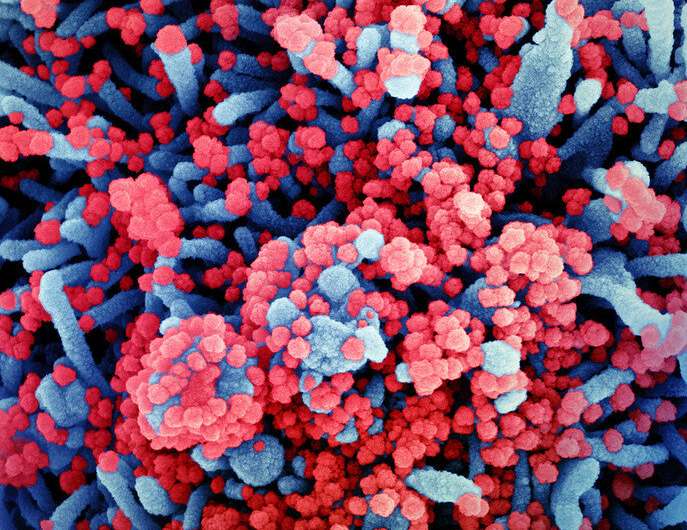
A team of researchers led by a group at the Centre for Mathematical Modelling of Infectious Diseases, London School of Hygiene and Tropical Medicine, has found evidence suggesting that the U.K. variant of the SARS-CoV-2 virus could be 43 to 90% more transmissible than the original virus. In their study, published in the journal Science, the group used models to study the transmissibility of various variants of the SARS-CoV-2 virus.
Back in November of last year, medical researchers discovered a new variant of SARS-CoV-2 virus, which subsequently became known as the VOC 202012/01 (U.K.) variant. The following month, researchers began reporting that they evidence suggested the U.K. variant was more transmissible than the original virus. These fears appeared to be warranted when subsequent studies found that by the beginning of February, 95% of new infections in England were due to the U.K. variant. The variant has also, to date, been found in 82 other countries.
To learn more about the variant, the researchers sampled 150,000 virus sequences from all across the U.K. In so doing, they found evidence suggesting that the growth rate of the U.K. variant was higher than all 307 other variants they found. They next entered data regarding the virus into a mathematical model modified to show transmission rates of the SARS-CoV-2 virus and its variants. The team then used the model to test certain assumptions that have been made about the variant, such as its ability to cause a higher viral load and how long it persists in infected people. The model showed the reproduction number for the variant to be 43 to 90% higher than for the original virus or other variants.
Source: Read Full Article



